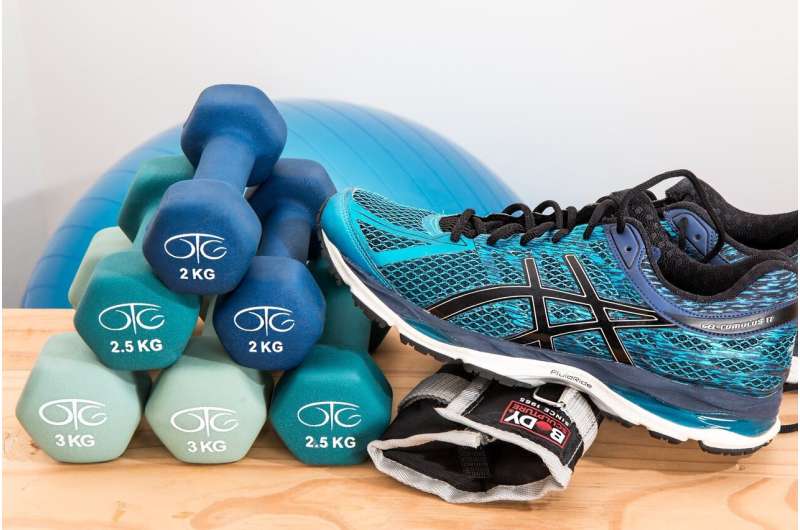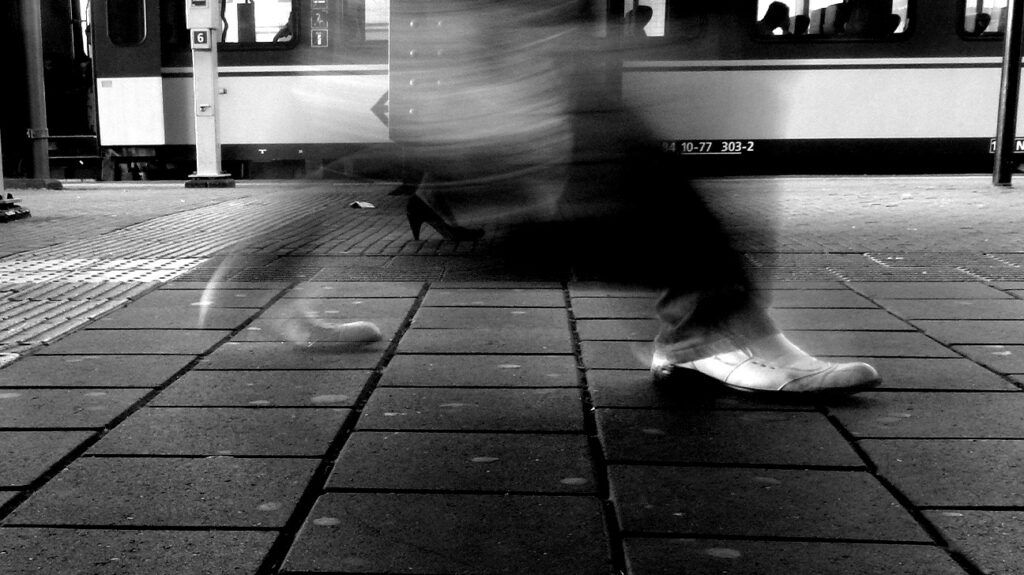Understanding Why You Can't Stay Still After Intense Exercise

Have you ever experienced the sensation of constantly moving after an intense workout? Whether it's pacing around, squatting repeatedly, or unable to sit still, this common phenomenon relates to your body's natural recovery processes. When you push your body to its limits, your muscles and cardiovascular system undergo a series of responses that encourage movement even after you've finished exercising, aiding in faster recovery.
What Constitutes 'Intense' Exercise?
Intensity levels vary among individuals but are typically gauged by how effortful the activity feels, often measured through the perceived exertion scale. Factors such as breathing rate, sweating, muscle fatigue, and heart rate are considered. For example, a 20-year-old with a maximum heart rate around 200 beats per minute during vigorous activity is exercising intensely, triggering specific recovery mechanisms.
How Moving Post-Exercise Benefits Your Body
Continuing to move after vigorous activity is not just restlessness; it supports key recovery functions. It helps remove metabolic waste products like lactate, which accumulate in muscles during extensive exertion. Active movements facilitate lactate clearance into the bloodstream, where it can be reused to supply energy to vital organs.
Furthermore, light activity assists in redistributing blood flow. During intense workouts, blood is shunted toward muscles and away from other organs such as the kidneys, leading to a reduced overall circulation to some tissues. Gentle movements like walking or stretching promote blood return to the heart, improving overall recovery and reducing feelings of dizziness or fatigue.
What if You Feel Too Tired to Move?
Some individuals may prefer to rest entirely post-exercise, which is understandable. In such cases, elevating your legs can still be beneficial. Research indicates that lying down helps veins return blood more efficiently to the heart, supporting circulation and recovery.
Summary
Your body's urge to stay active after intense exercise is an adaptive response that speeds up muscle recovery, removes waste products, and restores blood flow. Even small movements can play a crucial role in effective recovery, making them beneficial rather than counterproductive.
Stay Updated with Mia's Feed
Get the latest health & wellness insights delivered straight to your inbox.
Related Articles
The Importance of Physical Activity for Individuals with Rheumatic and Musculoskeletal Diseases
Discover how tailored physical activity can significantly improve health outcomes for individuals with rheumatic and musculoskeletal diseases through the latest research and recommendations from EULAR.
Participating in Team Sports Can Reduce Blood Pressure and Enhance Physical Function in Patients with Chronic Illnesses
Engaging in team sports can significantly reduce blood pressure and improve physical function in patients with chronic illnesses, offering a social and motivating approach to health management.
Personalized Exercise Programs Improve Health Outcomes for Neuromuscular Disease Patients
A new study reveals that personalized home-based exercise programs combined with coaching significantly improve fitness and health outcomes for individuals with neuromuscular diseases.
Walking 3,000 Steps Daily at a Faster Pace May Reduce Heart Risks by 17%
Discover how walking just 3,000 steps daily at a faster pace can lower your risk of heart attack, stroke, and other cardiovascular events, especially for those with hypertension.



